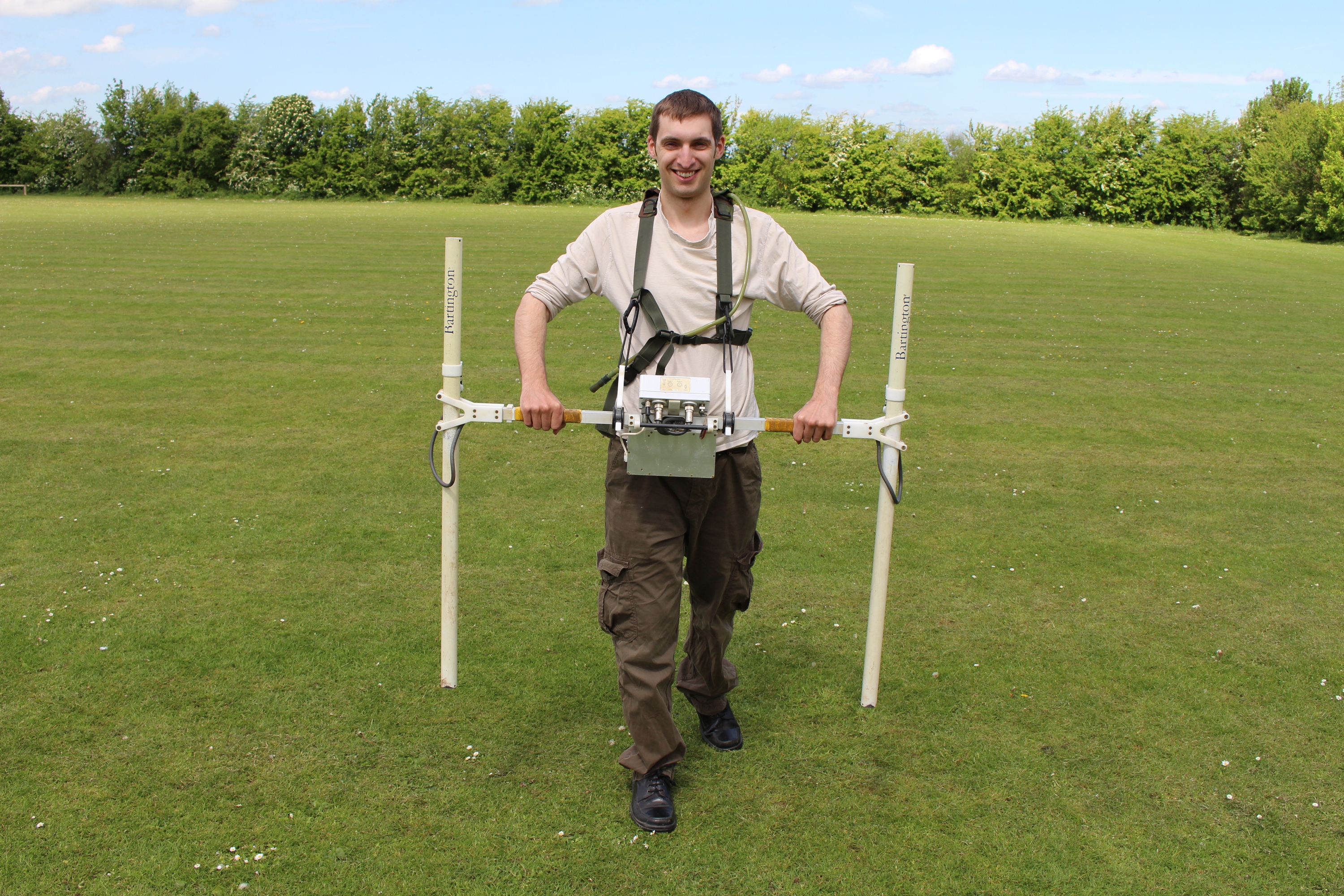All Categories
Featured
Table of Contents
Geophysical Services in Queens Park Western Australia 2023
Time piece from 23 to 25ns. This last piece is now almost all blank, however a few of the walls are still revealing highly.
How deep are these pieces? Unfortunately, the software I have access to makes approximating the depth a little difficult. If, however, the leading 3 pieces represent the ploughsoil, which is most likely about 30cm think, I would guess that each slice has to do with 10cm and we are just coming down about 80cm in total.

Fortunately for us, the majority of the websites we are interested in lie just below the plough zone, so it'll do! How does this compare to the other techniques? Comparison of the Earth Resistance information (top left), the magnetometry (bottom left), the 1517ns time slice (leading right) and the 1921ns time piece (bottom left).
Geophysical Survey Services - Ohio Valley Archaeology in Bentley Oz 2021
Magnetometry, as discussed above, is a passive technique measuring local variations in magnetism against a localised zero value. Magnetic vulnerability survey is an active strategy: it is a step of how magnetic a sample of sediment could be in the presence of a magnetic field. Just how much soil is tested depends upon the size of the test coil: it can be extremely little or it can be relatively big.
The sensing unit in this case is really small and samples a small sample of soil. The Bartington magnetic vulnerability meter with a large "field coil" in usage at Verulamium during the course in 2013. Top soil will be magnetically enhanced compared to subsoils just due to natural oxidation and reduction.
By measuring magnetic susceptibility at a relatively coarse scale, we can discover areas of human occupation and middens. We do not have access to a trusted mag sus meter, but Jarrod Burks (who assisted teach at the course in 2013) has some exceptional examples. Among which is the Wildcat site in Ohio.
Surveys In Geophysics - Home - Springer in Marmion Aus 2020
These villages are typically laid out around a main open area or plaza, such as this rebuilt example at Sunwatch, Dayton, Ohio. The magnetic vulnerability survey assisted, however, specify the main location of profession and midden which surrounded the more open area.
Jarrod Burks' magnetic susceptibility study arises from the Wildcat site, Ohio. Red is high, blue is low. The method is for that reason of terrific use in defining locations of general occupation instead of determining particular features.
Geophysical surveying is a used branch of geophysics, which uses seismic, gravitational, magnetic, electrical and electro-magnetic physical approaches at the Earth's surface area to determine the physical homes of the subsurface - Chapter 4. Geophysical Investigations in Merriwa WA 2022. Geophysical surveying techniques normally determine these geophysical properties together with anomalies in order to evaluate various subsurface conditions such as the existence of groundwater, bedrock, minerals, oil and gas, geothermal resources, spaces and cavities, and a lot more.
Table of Contents
Latest Posts
Greeley-evans Area 3d Geophysical Survey in Bicton Australia 2022
Airborne Geophysical Methods in Bateman Western Australia 2022
Integrated Geophysical Surveys For The Safety in Beeliar Australia 2021
More
Latest Posts
Greeley-evans Area 3d Geophysical Survey in Bicton Australia 2022
Airborne Geophysical Methods in Bateman Western Australia 2022
Integrated Geophysical Surveys For The Safety in Beeliar Australia 2021